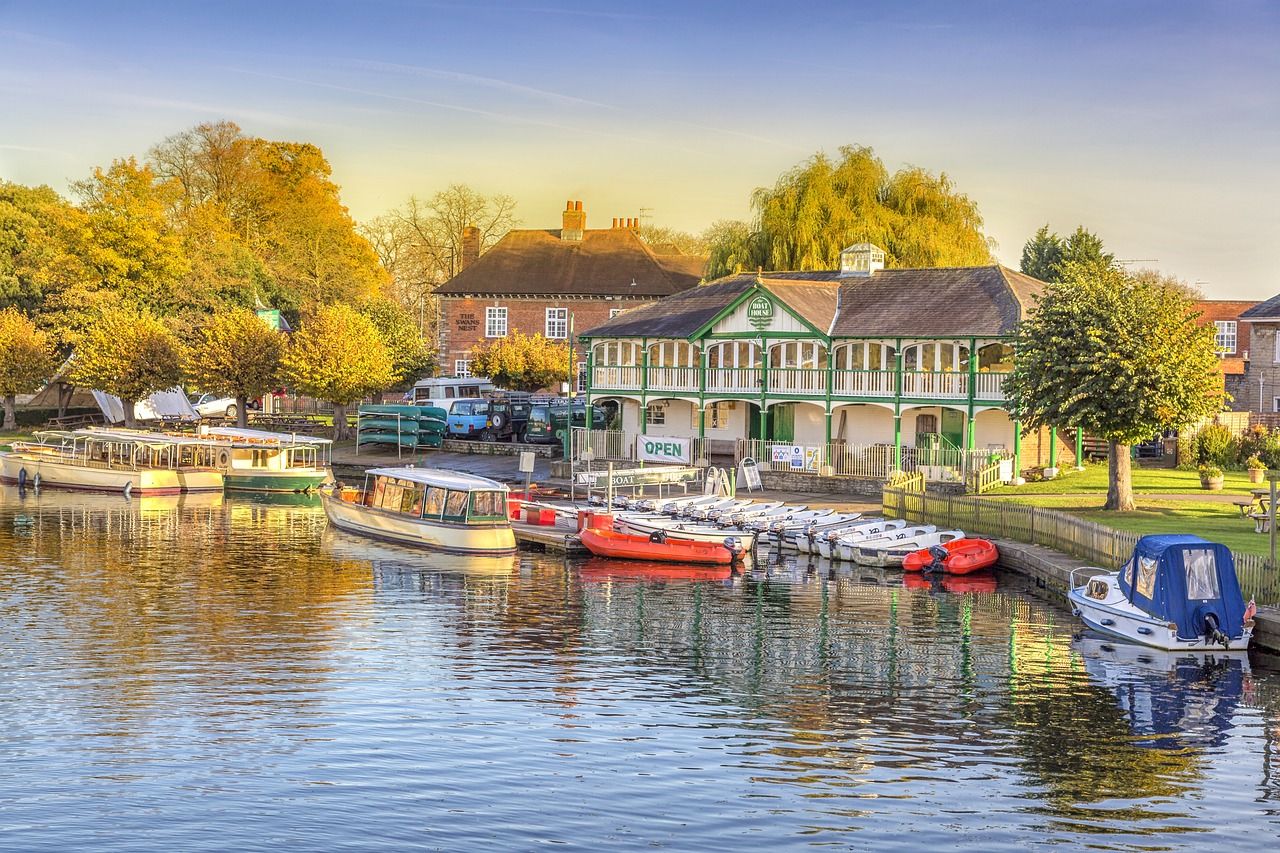Verona Arena
Address
P.za Bra, 1, 37121 Verona
GPS
45.4380438, 10.9937904
Verona Arena, a Roman amphitheater, is the most famous Veronese landmark. The Arena is now located in the historic center and serves as a backdrop to Piazza Brà. However, when the Romans built it, the monument was situated on the outside of the city, outside the city walls’ circle.
Quick Facts
- Name: Verona Arena
- Location: P.za Bra, 1, 37121 Verona VR, Italy
- Built 30 AD
- Type of attraction: Amphitheater
- Ticket price: From $30
Location
The Verona Arena (Arena di Verona) is a Roman amphitheater in Piazza Bra in Verona, Italy, built in the first century, beyond city walls. Today, the arena maintains a central position in the city of Verona.
It is still in use today and is internationally famous for the large-scale opera productions given there. It is one of the best surviving ancient constructions of its sort.
History
In ancient times, the arena’s capacity was over 30,000 people. The stage for concerts and opera events limits the available seating to a maximum of 15,000.
The ludi (shows and games) conducted there were so famous that spectators came from numerous other places, frequently far away, to witness them. The amphitheater could hold more than 30,000 spectators in ancient times.
The first attempts to reclaim the arena’s function as an opera venue occurred during the Renaissance. Some operatic performances were later held in the structure during the 1850s, owing to its remarkable acoustics.
At 1913, operatic performances in the arena begun in earnest due to the energy and initiative of the Italian opera tenor Giovanni Zenatello and the impresario Ottone Rovato.
The first 20th-century operatic production at the arena, a staging of Giuseppe Verdi’s Aida, took place on 10 August of that year, to honor the birth of Verdi 100 years before in 1813. Musicians Puccini and Mascagni were in attendance. Since then, summer seasons of opera have been mounted continually at the arena, save in 1915–18 and 1940–45, when Europe was overrun in war.
In current times, at least four productions (often up to six) are setup each year between June and August. During the winter months, the local opera and ballet companies perform in the Teatro Filarmonico.
Modern-day passengers are cautioned that entrance tickets to sit on the arena’s stone steps are far cheaper to buy than tickets allowing access to the comfortable chairs accessible on lower levels. Candles are handed to the audience and ignited after sunset around the arena.
Every year around 500,000 people witness renditions of the popular operas in this venue.
Architecture
The most somber monument in Roman Verona, featuring multiple layers of seats and a central space or arena for gladiator fights, battles with wild beasts, and other popular events. It was constructed in the first century A.D., between the end of Augustus’ empire and the beginning of Claudio’s empire, using well-squared marble blocks.
It is one of the most well-preserved monuments of its sort in the world. The current seating stalls have a circumference of 391 meters, while the wing has a perimeter of 435 meters.
Three concentric rings make up the amphitheatre. The exterior ring is now just on one side. The “Wing” is a common nickname for it. The amphitheatre’s tiers are completely built of Veronese marble. There are galleries, cells, and corridors beneath the tiers (which cannot be viewed today) that originally served and still function, in part, for the amphitheatre’s complicated operation.
How to get there?
The location of Arena Verona is very central and cannot be missed, but if you are coming from other areas, bus station at Piazza Bra is the best place to arrive closest to the Arena. Buses numbers 11, 12, 13, and 51 will get you there.
Interesting facts about Verona Arena
Here are some interesting facts about this amazing ancient landmark:
- The Arena is one of the best-preserved ancient structures in the world.
- Because it was built in Its elliptical shape, it enhances the acoustic quality of the performances.
- Some operatic performances were performed in the building as early as the 1850s, owing to its outstanding acoustics.







